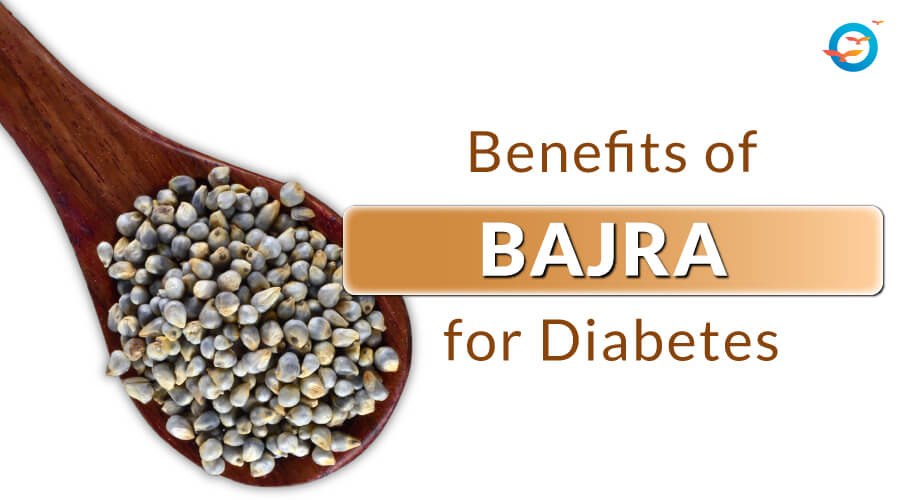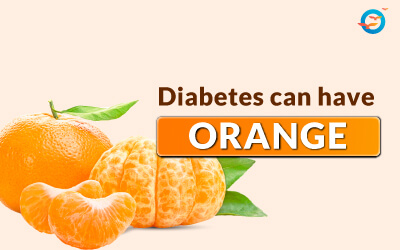Health Benefits of Bajra for Diabetes

Bajra for Diabetic Patients- the healthy millet
Millets are a good choice when it comes to health. Basically, millet falls under the category of cereal grain from the grass family and is popular due to its unique nutritional properties.
Bajra which is the Hindi name for the Pennisetum glaucum crop is also called pearl millet.
It's other names are like bulrush, dukn, gero, kambu, babala etc.
Bajra though grown in many places is chiefly grown in India and Africa. it can be said to be the edible seed of the pearl millet plant which comes in various shades like yellow, white, brown, gray, and bluish-purple.
it is prepared as a cereal grain or is finely ground and used as flour to make various delicacies. It is not only very good for diabetes but also a great millet for health-conscious.
Bajra Nutrition
- calories - 1 cup (cooked) = 201
- 170 grams or 1 cup of cooked Bajra
- Protein: 6 grams
- Fat: 1.7 grams
- Carbs: 40 grams
- Fiber: 2 grams
- Sodium: 286 mg
- Folate: 8% of the Daily Value (DV)
- Iron: 6% of the DV
- Magnesium: 18% of the DV
- Thiamine: 15% of the DV
- Niacin: 14% of the DV
- Phosphorus: 14% of the DV
- Zinc: 14% of the DV
- Riboflavin: 11% of the DV
- Vitamin B6: 11% of the DV
What are the health Benefits of Bajra
1. It has a good amount of magnesium in it which helps control the glucose receptors in the body. Along with magnesium it also contains fiber, which regulates the sugar levels and helps your cardiovascular system by lowering your blood pressure, which in turn helps reduce the chances of a heart attack or stroke.
2. Bajra has potassium also which makes it a good vasodilator which in turn helps in reducing the overall blood pressure.
3..Bajra also controls your cholesterol levels. This is because it contains a lot of fiber, which goes a long way in lowering the bad cholesterol in your bloodstream thus preventing your heart from cardiovascular disease.
4. Due to its high fiber content, it is also seen to aid in weight loss.
5. It is very good for preventing celiac disease as it is gluten-free
6. it keeps you warm and is so good to be had in winters. It makes you feel full as it takes a longer time to break down thus keeping you more energetic.
In short, eating Bajra regularly has a lot of health, benefits chief of them are improved diabetes management, weight loss, and a higher nutrient intake to support good health.
What can you prepare from Bajra?
Bajra grain can be cooked and had like khichdi. You can also prepare several recipes from Bajra flour-like - Bajra Lauki Thepla, Bajra dal chills, Bajra onion uttappa, Bajra methi puri, palak Bajra roti, and many more Health-conscious - go for Bajra.
Here are some more names of millet that a diabetic can include in the diet. Click below to read more:
Which millets are good for diabetics?
FAQs
Is Bajra good for diabetes?
Yes, It contains a good amount of magnesium, which helps control how the body handles sugar. It also has fiber, which helps keep sugar levels steady.
How does Bajra help in managing diabetes?
Bajra slows down the absorption of sugar into the bloodstream, helping to sudden blood sugar spikes.
Can Bajra be included in a diabetic diet?
Yes, Bajra can be included as it is a low glycemic index grain, which is safe for diabetes.
How can I incorporate Bajra into my meals if I have diabetes?
You can use Bajra flour to make rotis, porridge, or add it to salads and soups.
Does Bajra help with weight management for diabetics?
Yes, Bajra rich in Fiber helps you feel full for longer, which supports weight management.
Is Bajra gluten-free?
Yes, Bajra is naturally gluten-free, making it a good choice for diabetics with gluten sensitivities.
Disclaimer:
This Blog solely serves our marketing purposes, for Authentic knowledge for this topic, Please join our upcoming Discover Reversal Session

